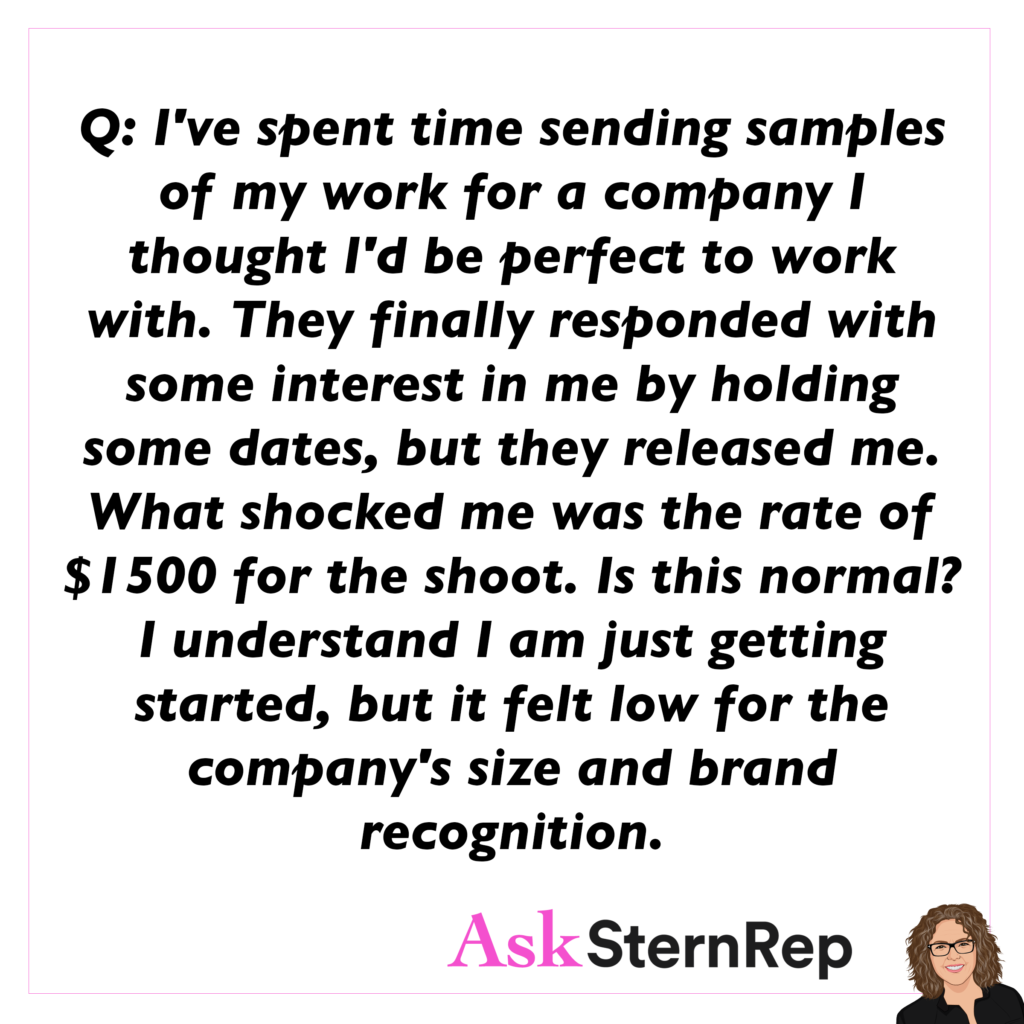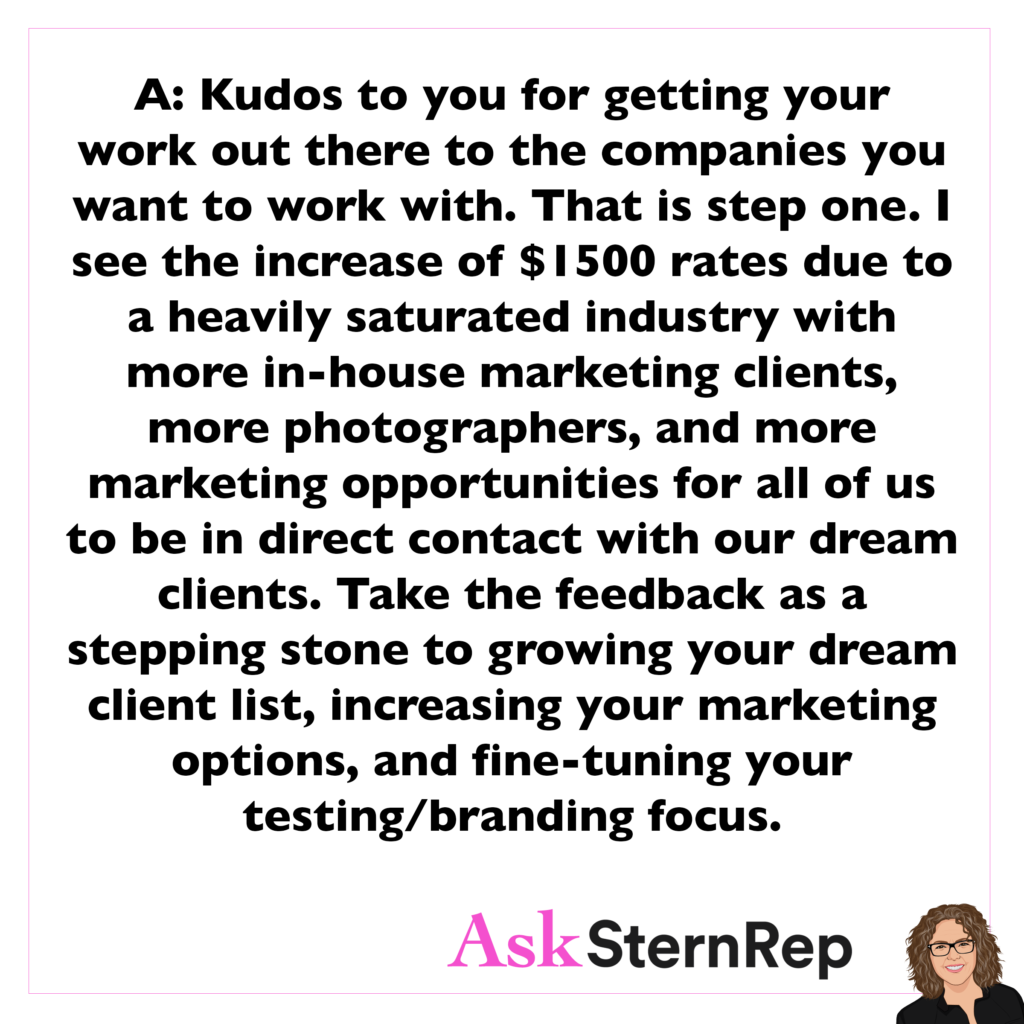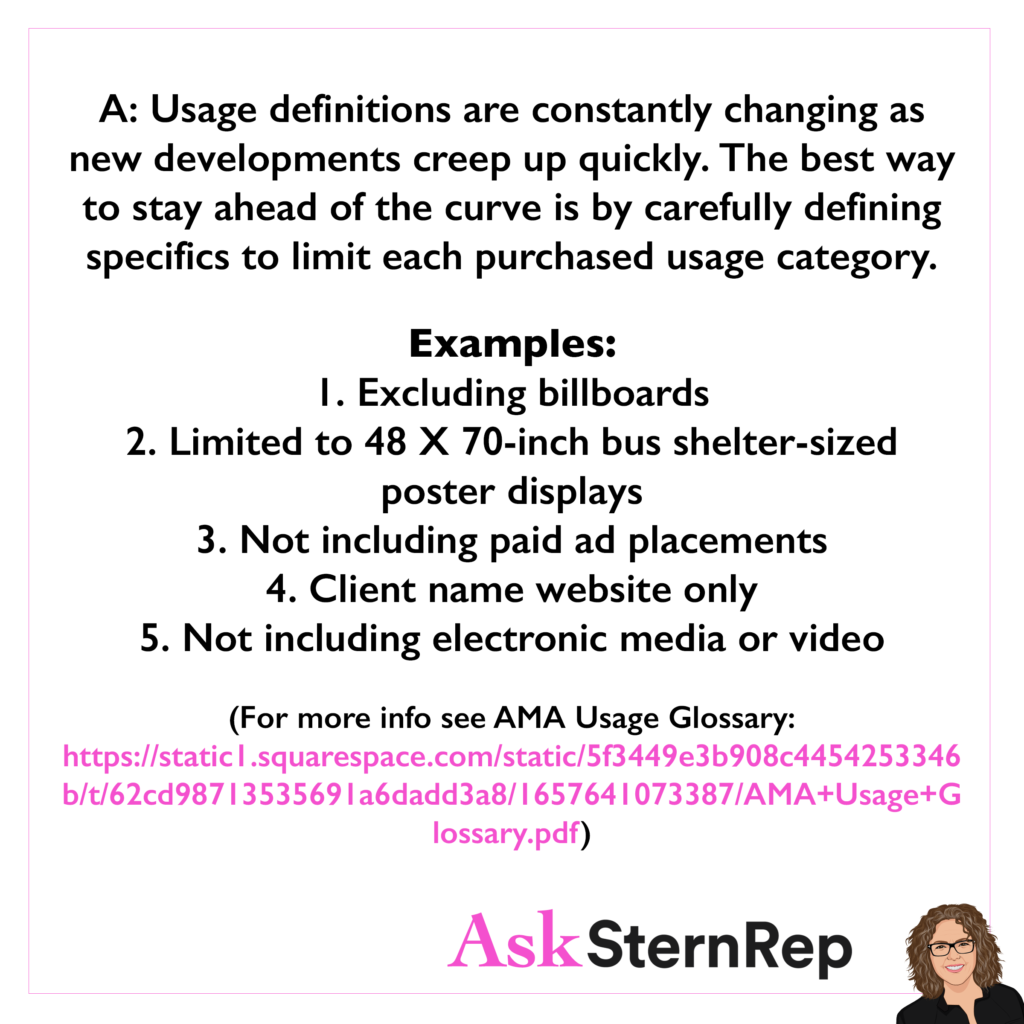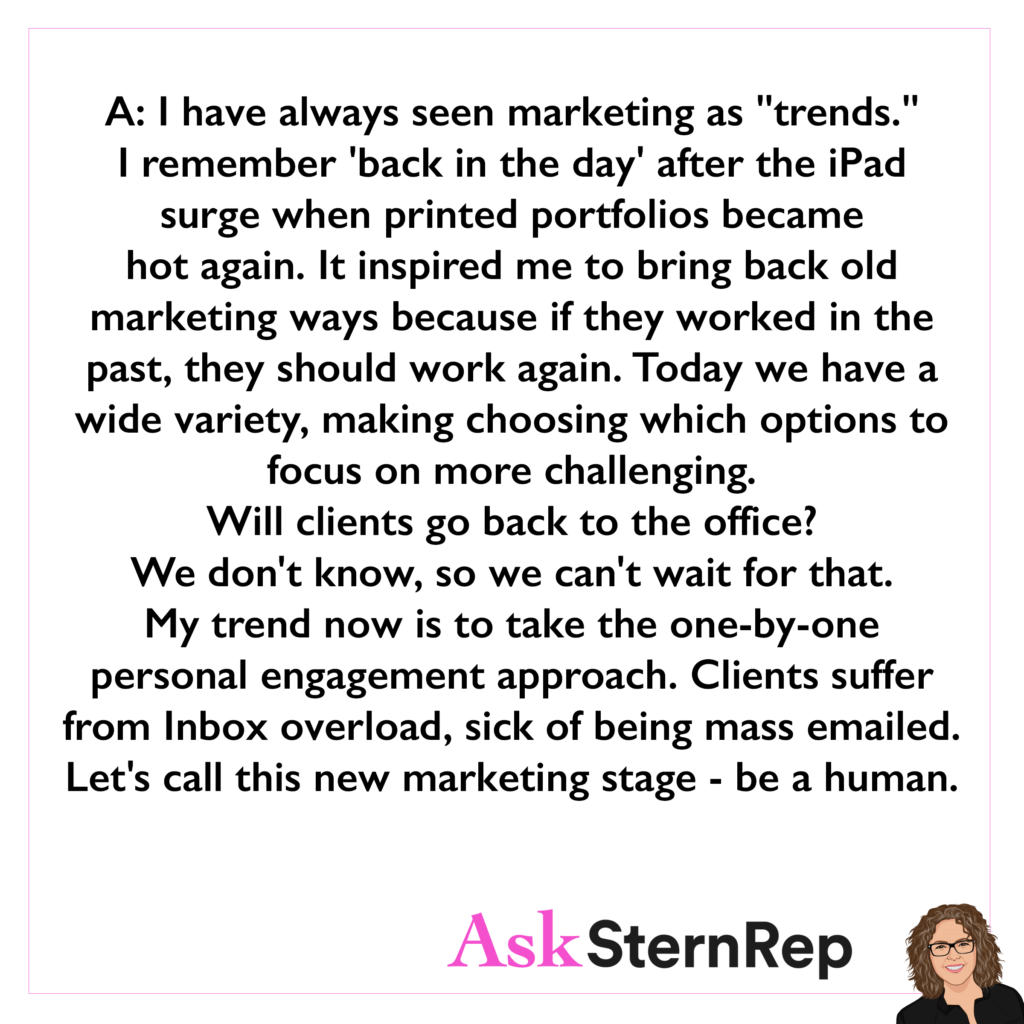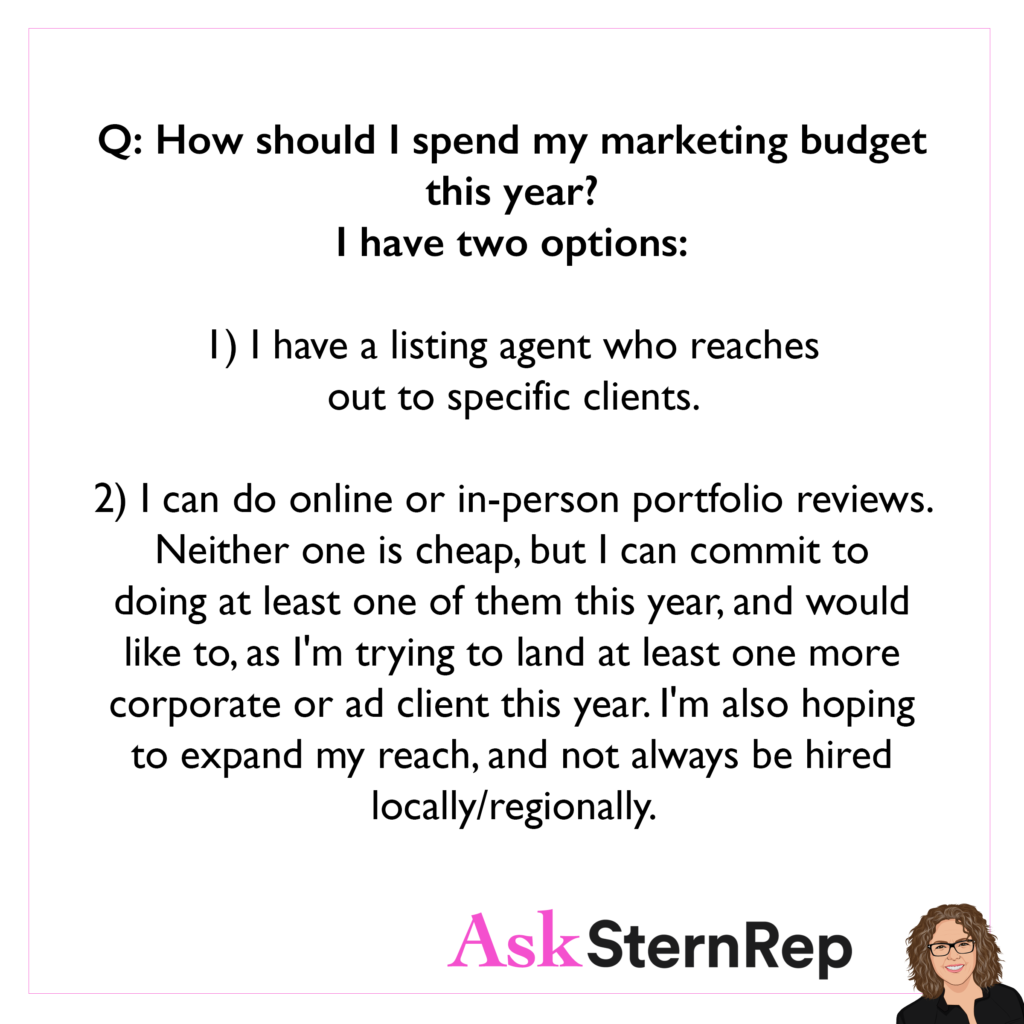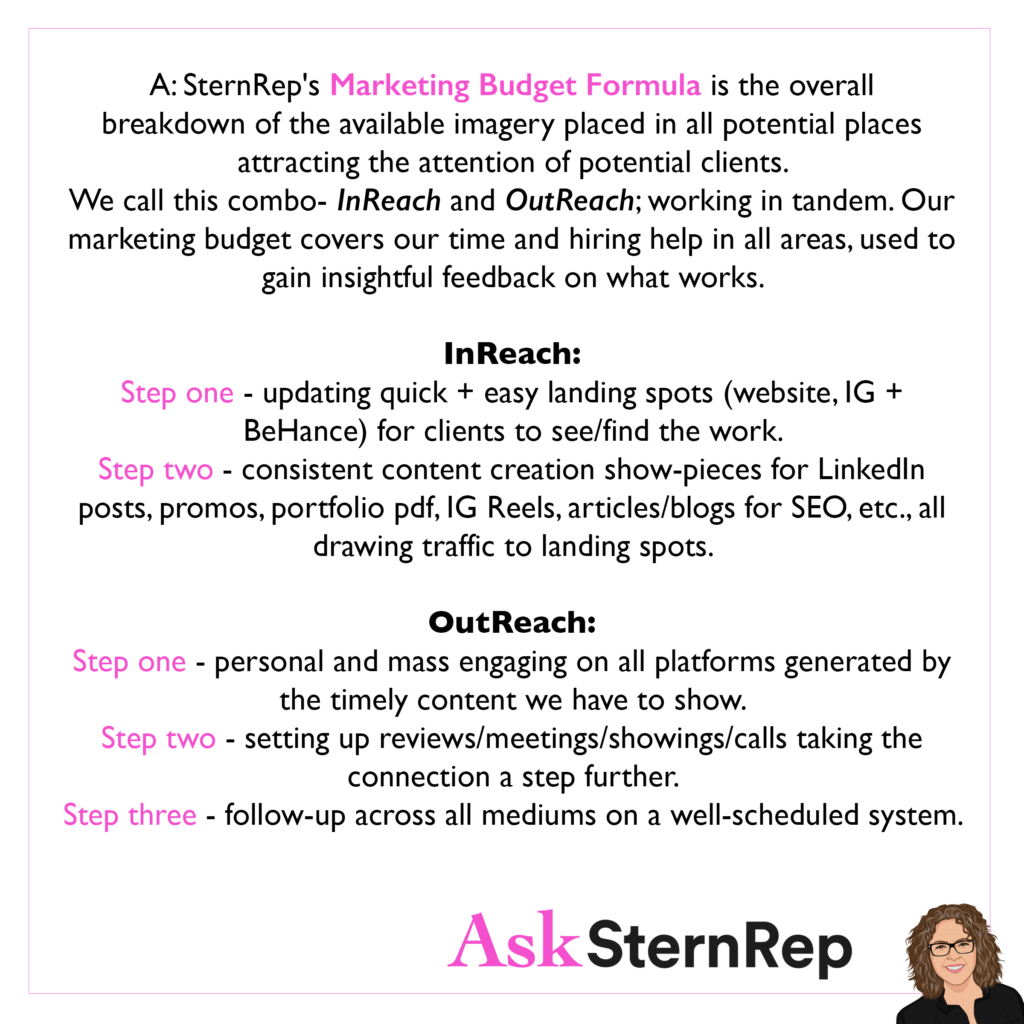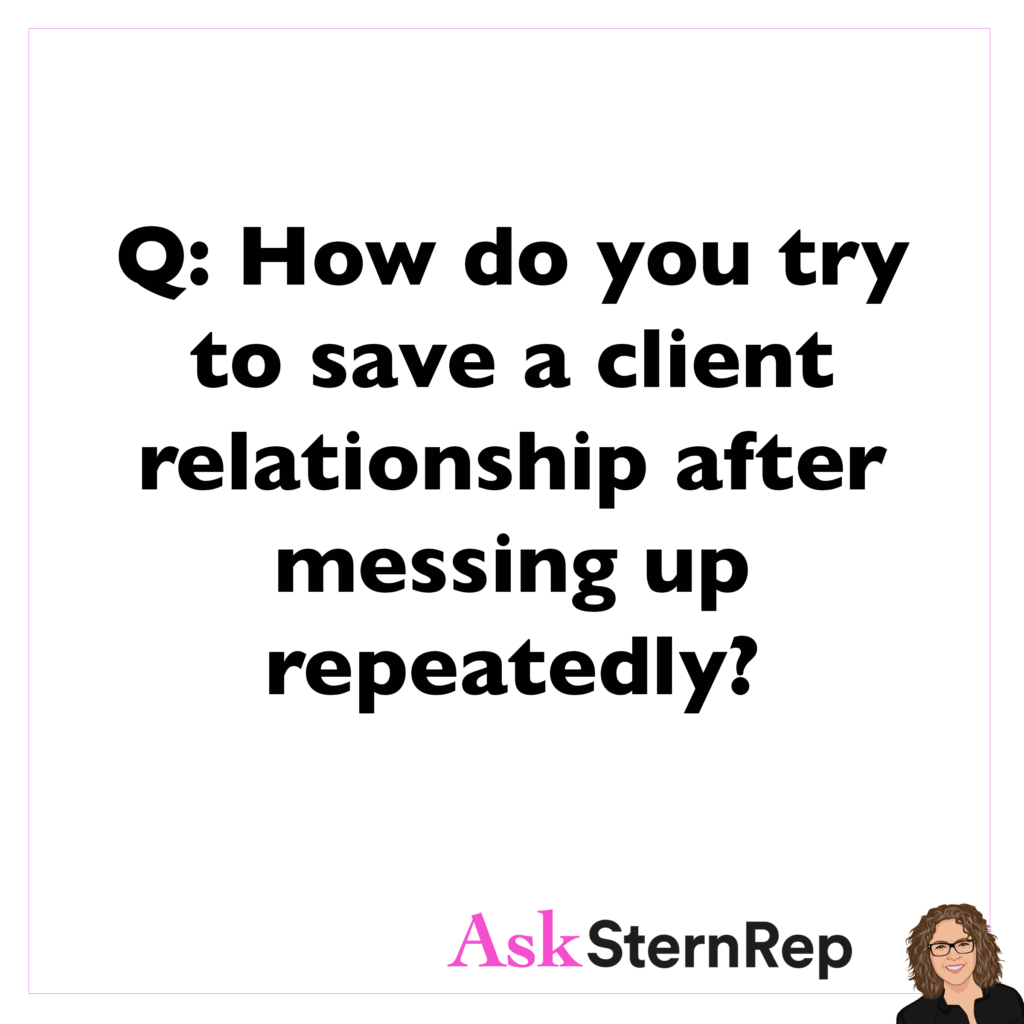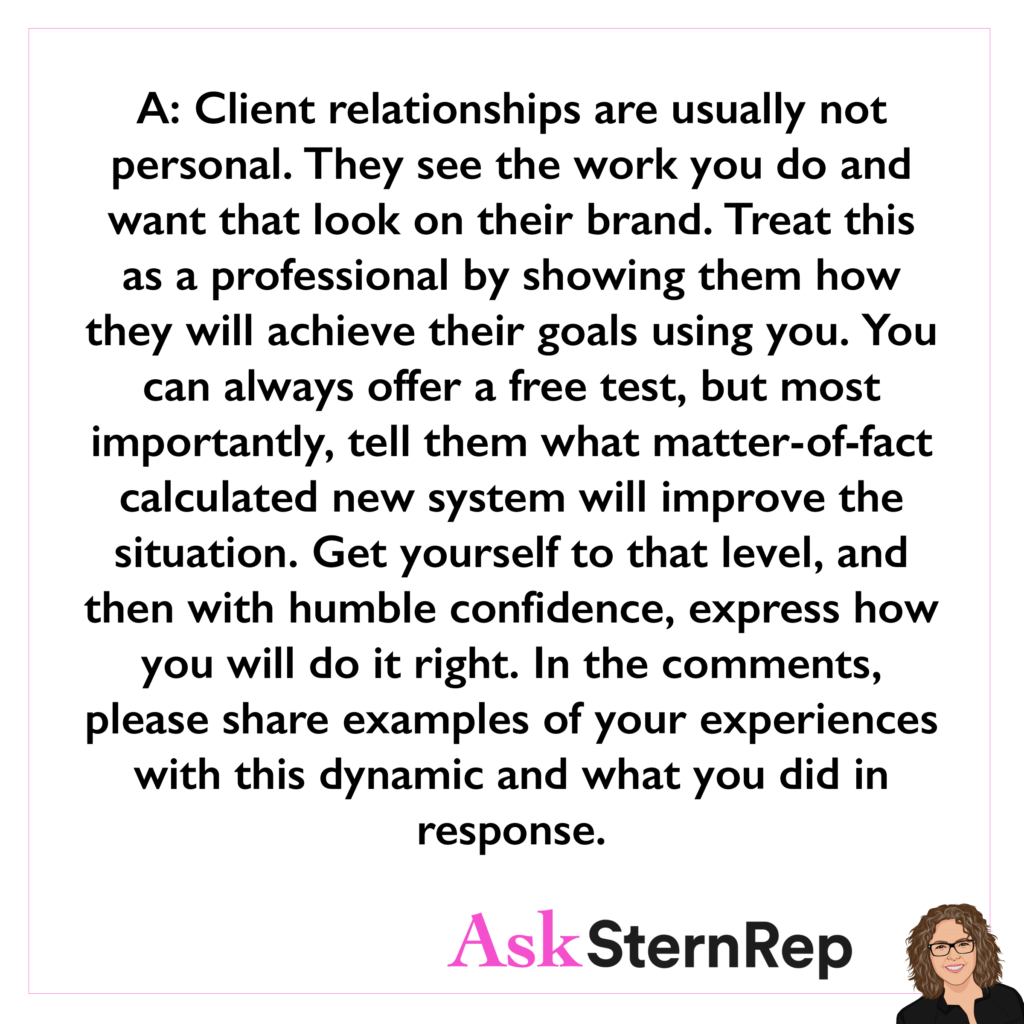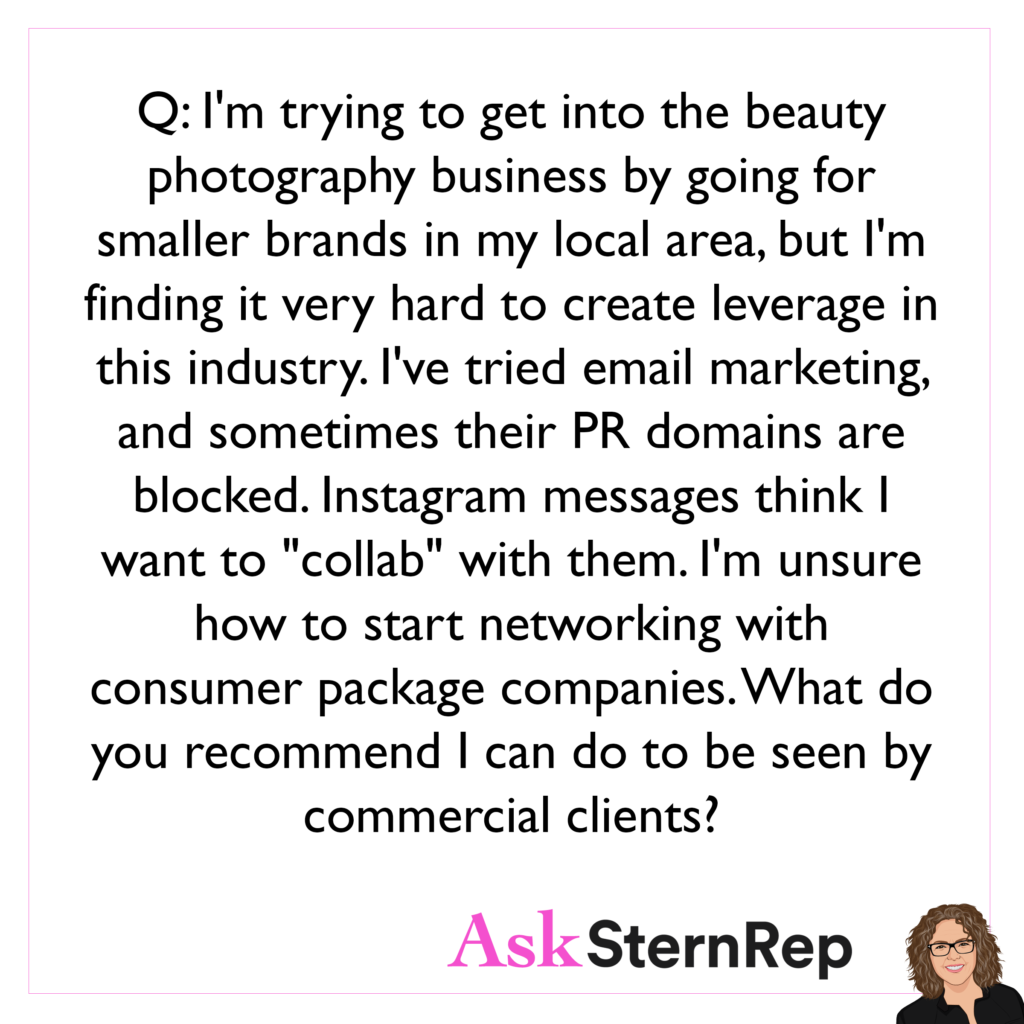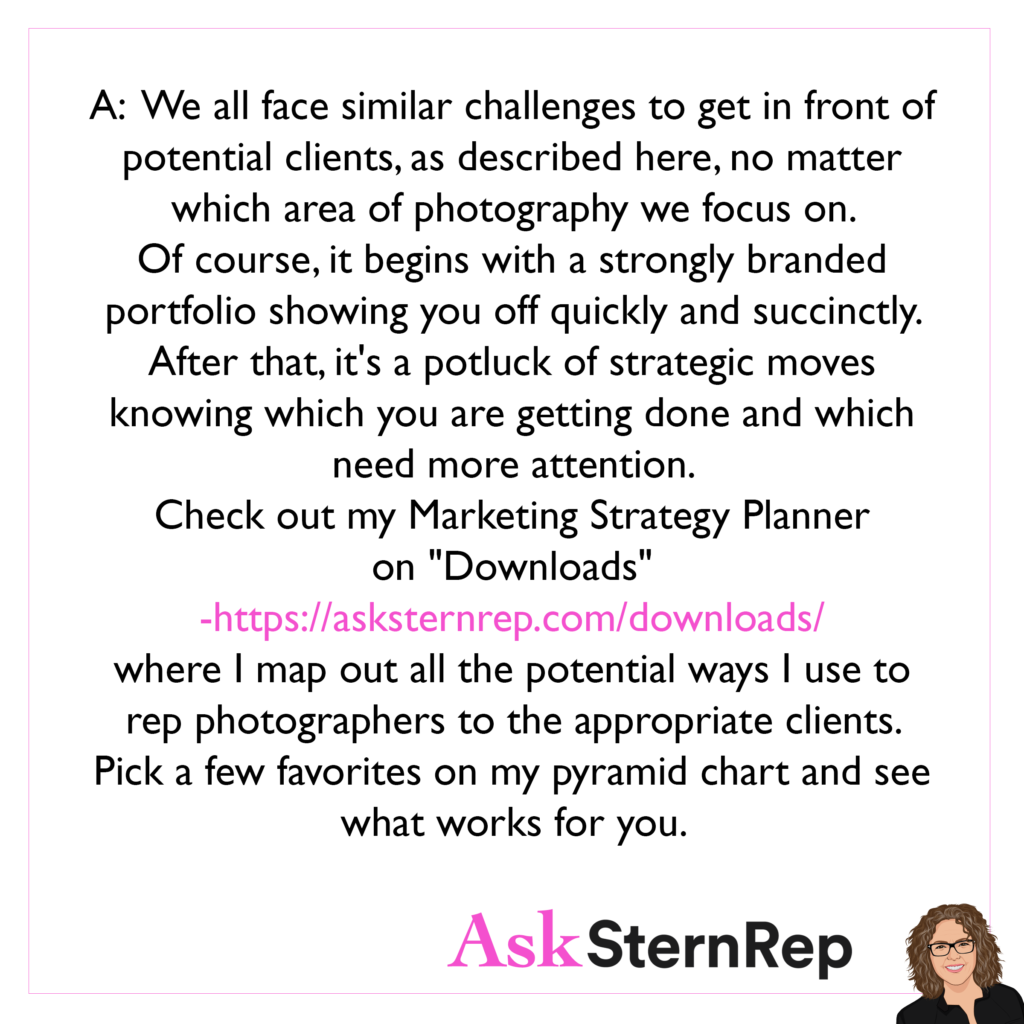Always provide an estimate. Don’t tip-toe around this when a client doesn’t request a bid from you. If all details are emailed to you, discussed on the phone, or you approve their pdf, send them your estimate to cover yourself with all potential mishaps.
When a client approaches you for a job and provides you with a contract, they may assume that all the necessary details are included. However, it is important to submit an estimate to ensure that both parties are on the same page. An estimate includes information on prices, what is covered, and what is not covered. It is also important to include a job description and details on any additional items such as travel expenses or equipment. By providing a clear estimate, you can avoid misunderstandings and ensure that the client understands what they are paying for. Even if the client does not ask for an estimate, it is highly recommended that you provide one.

